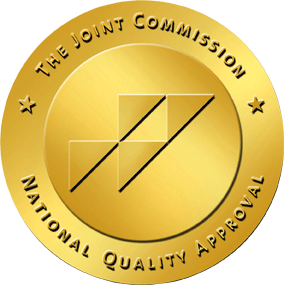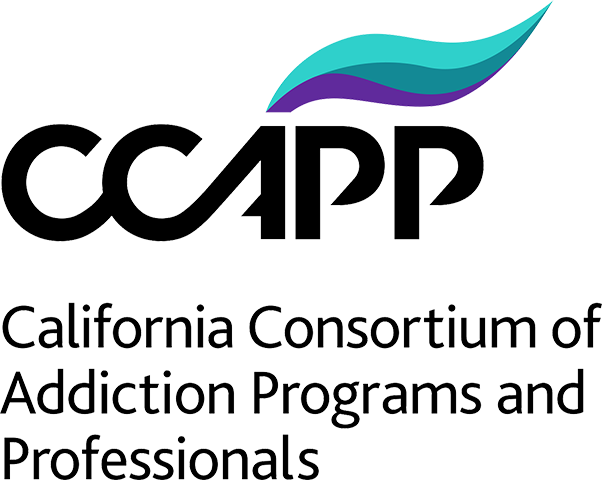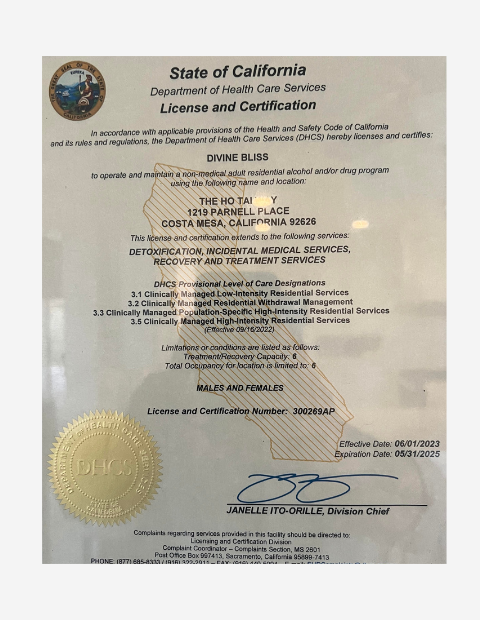This year has been full of tension and uncertainty. COVID-19 was a new, unknown illness that caused significant life disruptions. Amidst the COVID-19 happenings, the nation was facing another sinister evil that brought a resurgence in #BlackLivesMatter movements.
In February, Ahmaud Arbery was murdered by a white father and son duo. In March, police officers killed Breonna Taylor during a warrant search for drug suspicions. In May, Christian Cooper was bird watching when a white woman refused Cooper’s request to leash her dog. The woman called the police, stating that she was being threatened. The latest event resulted in the needless death of George Floyd. Police used a non-authorized form of submission resulting in Floyd’s death. The heinous abuse of police power that culminated in the death of George Floyd prompted riots across the nation.
What does Black Lives Matter have to do with addiction?
At first glance, the two seem unrelated. However, racism is systemic and deep-rooted in the U.S. Slavery is often the first thing that comes to mind when discussing racism, discrimination, and oppression. Throughout history, those in power have used policy to keep others oppressed. The following laws are a brief history of drug-related oppression of people of color.
- The Marijuana Tax Act of 1937 – made marijuana illegal because of Mexicans. They were crossing the border with cannabis. Powerful whites feared that Mexicans would taint the whites. Marijuana was already being grown and smoked in the U.S. The problem was that people of color, Mexicans, would potentially corrupt the white community.
- The Harrison Narcotics Tax Act of 1914. The Harrison Act taxed the production, importation, and distribution of opiates and coca products. This Act targeted mainly the opium dens that were predominately Chinese (Clarke et al., 2016; Musto, 1996).
- The Anti-Drug Abuse Act of 1986. The Anti-Drug Abuse Act of 1988 created mandatory minimum sentences for cocaine. Under this Act, 500 grams of powder cocaine versus only 5 grams of crack cocaine to trigger a mandatory sentence (Chambers, 2011). The ratio was 100:1. The media demonized crack cocaine as the devil. In fact, cocaine and crack cocaine are chemically the same, and one is not worse than the other. Who used crack cocaine at higher rates? Why? Because it was less expensive to obtain, and cocaine was considered the “rich man’s drug.”
- The Fair Sentencing Act of 2010. In 2010, the Fair Sentencing Act reduced the ratio of crack cocaine to powder cocaine from 100:1 to 18:1 to trigger the mandatory sentence (Cockroft, 2017). While this was a step forward, the Fair Sentencing Act is not retroactive. Meaning, those incarcerated under the Anti-Drug Abuse Act of 1988 still must serve their entire sentences. Also, there should be no difference in the amount of crack versus powder as they are chemically the same.
Drug Policy Alliance (2018) reported that blacks and Latinos are more likely to be incarcerated and criminalized than whites, especially with drug charges. Mandatory minimum sentences are twice as likely to be given to blacks than whites for the same offenses. In 2011, 38% of Latinos and 31% of blacks received a mandatory minimum sentence. Drug Policy Alliance (2018) suggested:
- Decriminalizing drug possession to encourage treatment while redirecting law enforcement to more severe crime prevention.
- Eliminate disproportionate policies. Remove harsh mandatory sentencing and repeal sentencing disparities.
- End policies that exclude those who have a record or conviction from rights and opportunities. Some rights and opportunities are the right to vote, employment, housing assistance, loans, financial aid, and child custody.
These recommendations support the communities by advocating for opportunities that promote good citizenship. It is better to uplift a city than to keep its citizens from participating in it.
What can I do if I am White?
- Recognize it. The first step toward any change is awareness. White is a color and a race that has benefits. Racism is not always about slavery, even though slavery is easily recognizable as racism.
- Resist the urge to minimize, excuse, or placate someone’s experiences. If a person of color is speaking to you about their experiences, they are trusting you. Honor that moment. If you have offended someone (we all have), ask them to help you understand why they are upset, rather than affirming that you don’t know why they are angry.
- Educate yourself. Know our country’s history. Learn about other races because they are part of your society and not because they are “exotic.” The dominant group tends to use their characteristics as the “norm.” The dominant groups in the U.S. are “white, male, Protestant, and middle to upper-middle classes.” Try deconstructing stereotypes to recognize how they might have been internalized as racism.
- Broaden your experiences. Learn about other cultures by spending time with people. Make new friends, diversify your circle. Before broadening your experiences, recognize, listen, and educate yourself first.
- Take action. Racism is a problem you can help solve. One way is by confronting behavior or language when you encounter it. The goal is to learn what not to say. Write letters to media persons when you see a racist incident in the public eye.
What can I do if I am a person of color?
- Be real. Be yourself, practice self-love, and don’t play into negative stereotypes.
- Speak out. You are not powerless. Your voice is your power. If someone says a racist comment or joke, you can speak up. Share knowledge and resources when others (whites) ask how they might become involved.
- Educate yourself. Know our country’s history. Create role models, someone that you can look up to when faced with racism. Acknowledge and examine stereotypes and assume that you have been influenced by them as we all have.
- Build ties. Know the interconnected history of people of color in the U.S. Place yourself where you can know more people of color that are a different race than yours. Remember the Golden Rule – Do unto others as you would have them do unto you. In other words, speak to other groups in the way that you would want them to speak unto yours. Let others define themselves. Make relationships with white people that includes sharing about non-race related topics, as well as forming alliances to fight racism.
- Take care. Take comfort that whites, too, are outraged about racism and have also acted. Train your white friends to interrupt racism to alleviate the responsibility of you. Progress, not perfection. Appreciate the small steps of people learning about how to combat racism. Too angry or tired? It’s ok to walk away rather than reacting. Your health is a priority.
The Ho tai Way – Recovery for Women understands diversity and the sensitivity you might need when seeking treatment. Contact our admissions department today if you are ready to begin your journey of healing. Call (714) 581-3974.
References
- Chambers, C. L. (2011). Drug laws and institutional racism: The story told by the congressional record. LFB Scholarly Publishing LLC.
- Clarke, K., Harris, D., Zweifler, J. A., Lasher, M., Mortimer, R. B., & Hughes, S. (2016). The significance of harm reduction as a social and health care intervention for injecting drug users: An exploratory study of a needle exchange program in Fresno, California. Social Work in Public Health, 31(5), 398-407. https://doi.org/10.1080/19371918.2015.1137522
- Cockroft, A. (2017). Congress Blewett by not explicitly making the Fair Sentencing Act of 2010 retroactive. The Journal of Criminal Law & Criminology, 107(3), 325-360.Drug Policy Alliance. (2018, January 25). The drug war, mass incarceration and race (English/Spanish). https://www.drugpolicy.org/resource/drug-war-mass-incarceration-and-race-englishspanish
- Musto, D. F. (1996). Appendix B: Drug abuse research in historical perspective. In Pathways of addiction: Opportunities in drug abuse research (pp. 284-286). National Academies Press.









